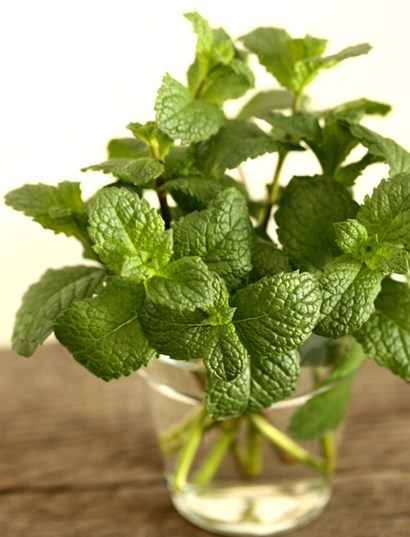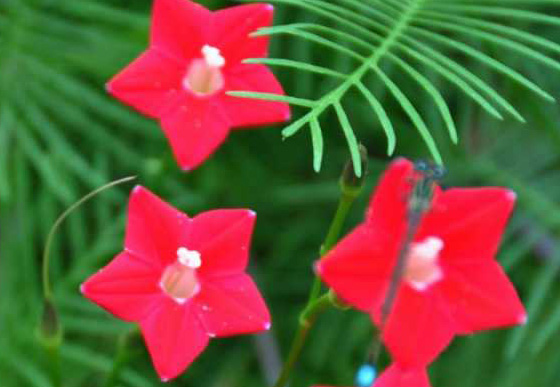How to grow Bing Bean
Beans are leguminous plants, also known as beans or lentils, is a dual-use medicinal and edible plants. At present, lentils are mainly distributed in Hebei, Shaanxi, Shaanxi, Sichuan and other places in China. The planting scale is not large and has not been popularized in China. So how much do we know about this plant, which is not yet widespread? How should it be grown? Let's take a look.

1. Soil preparation
The growing cycle of lentils is relatively short compared to that of many crops, and they are often grown as a supplement crop. The soil pH of lentil planting should be moderate, or weakly alkaline soil, and it should not be planted in the soil where the previous crop is leguminous, solanaceous and other plants. Deep ploughing of soil before planting does not require excessive fertilization, too much nutrients, but low yield; and timely fine rake, retain moisture, and finally ditch for bedding, ready for sowing.
2. Sowing
The lentils can be grown in two seasons, between late March and early April in spring and late September in autumn. Due to the special growth of lentils, it is necessary to inoculate rhizobia before sowing, and then drill according to the distance of 25 cm between rows. The body when sowing is generally about four or five centimeters, and the deepest is no more than six centimeters. Under normal circumstances, sister trees usually planted more than 60,000 lentils, and the maximum number was 67,000. Otherwise, it would affect the yield of lentils.
3. Fertilization
Although it is said that the symbiotic nodule nitrogen fixation can meet the nitrogen required for its growth and development, it will only be produced under the conditions of nodule nitrogen fixation formation, and it is also necessary to rely on artificial fertilization during the period when the bean is still young. This is because we usually apply nitrogen fertilizer, and in order to promote plant growth, we can use phosphorus scientifically, which is conducive to nodule nitrogen fixation formation. When fertilizing, it is usually combined with deep ploughing for fertilization, mainly organic fertilizer, zinc sulfate and potassium fertilizer for deep ploughing, combined with boron fertilizer and ammonium fertilizer for foliar spraying.
4. Watering
The drought tolerance of lentils is extremely strong. Generally speaking, in the case of rainfall, basically it does not need watering during its entire growth process. However, if it is not just in the bean emergence, or if it is flowering and pod setting period if there is no rain for a long time, then it needs timely watering. Of course, continuous rainfall is not ruled out, so if so, we should also prepare for waterlogging prevention and discharge excess water from the field in time.
5. Weeding
During the whole growth process of lentils, only two times of intertillage and weeding are generally required. The first time is after planting survival, if there are weeds in the field, timely weeding; the second time is about two months after sowing, if the weeds in the field grow too fierce, seriously affecting the growth of lentils, then carry out the second weeding. Of course, if special circumstances are encountered, it is necessary to increase the number of weeding appropriately according to the specific situation.
The vitality of lentils was very vigorous, and it was very simple to plant. The field operation was not complicated, so people with a little planting experience could learn it. Today's sharing of Xiaobian is here. If you have other questions to consult, you can leave a message to Xiaobian.
- Prev

Cultivation and management method of apple mint (full green)/mottled pineapple mint
Mint (whole green)/mottled leaf mint Scientific name: menthasuaveolens Family: Labiatae Mint classification: apple mint There are two varieties, -for the whole green apple mint, the other-varieties of its variegated leaf varieties, alias mottled leaf mint
- Next

The secret of how to raise pineapple at home
Pineapple alias feather pineapple, pineapple pine, dragon grass and so on. The sex likes the warm environment with plenty of sunshine, is not cold-resistant, is not strict to the soil, and the fertilizer and water is moderate. Pineapple varieties in addition to the feather leaf Yingluo, there are round leaf pineapple, split leaf pineapple, palm leaf pineapple, maple pineapple. The propagation method of pineapple should be propagated by seeds, which should be sown at the beginning of April.
Related
- Fuxing push coffee new agricultural production and marketing class: lack of small-scale processing plants
- Jujube rice field leisure farm deep ploughing Yilan for five years to create a space for organic food and play
- Nongyu Farm-A trial of organic papaya for brave women with advanced technology
- Four points for attention in the prevention and control of diseases and insect pests of edible fungi
- How to add nutrient solution to Edible Fungi
- Is there any good way to control edible fungus mites?
- Open Inoculation Technology of Edible Fungi
- Is there any clever way to use fertilizer for edible fungus in winter?
- What agents are used to kill the pathogens of edible fungi in the mushroom shed?
- Rapid drying of Edible Fungi

